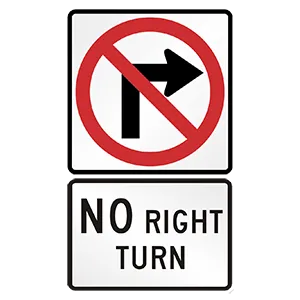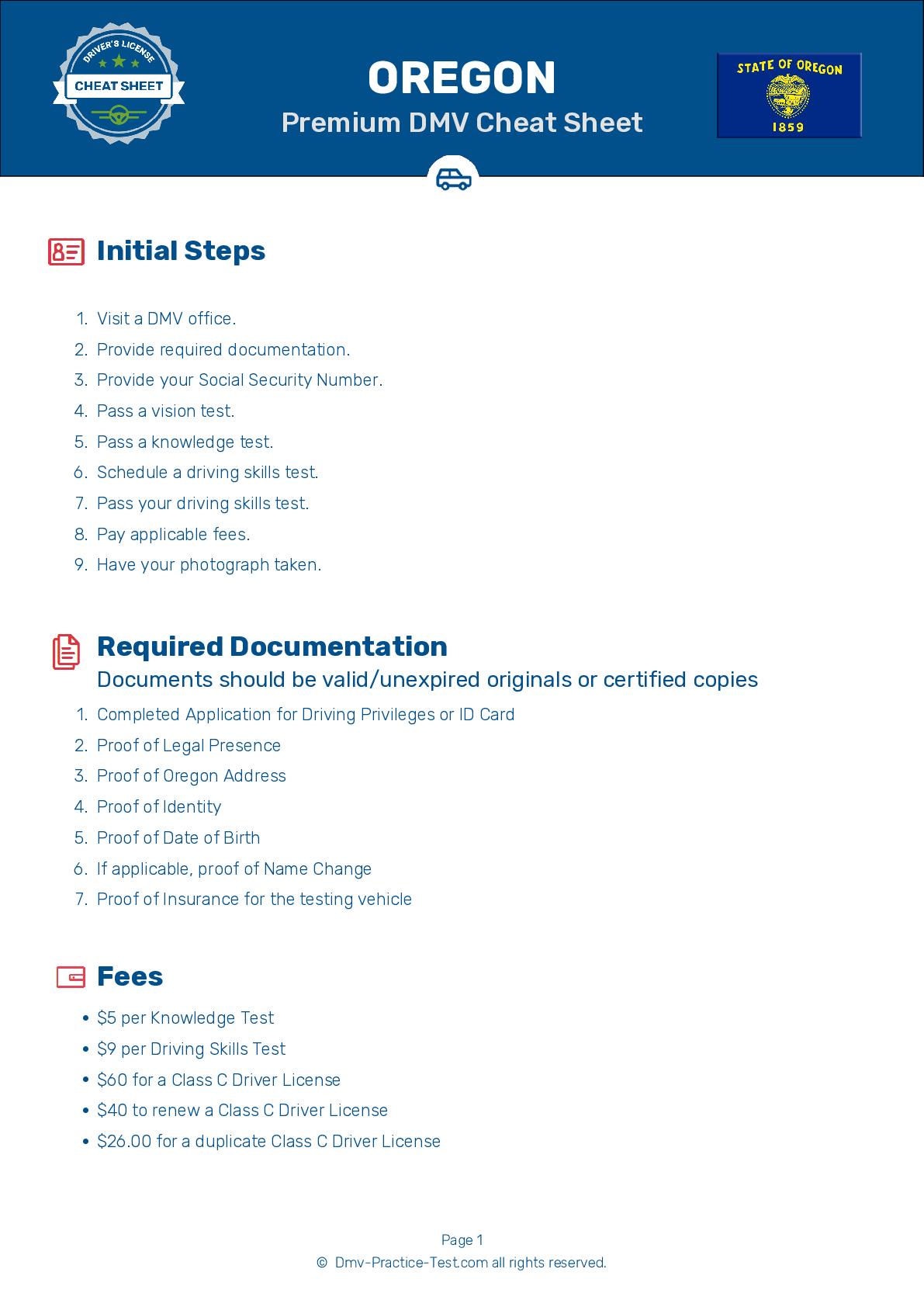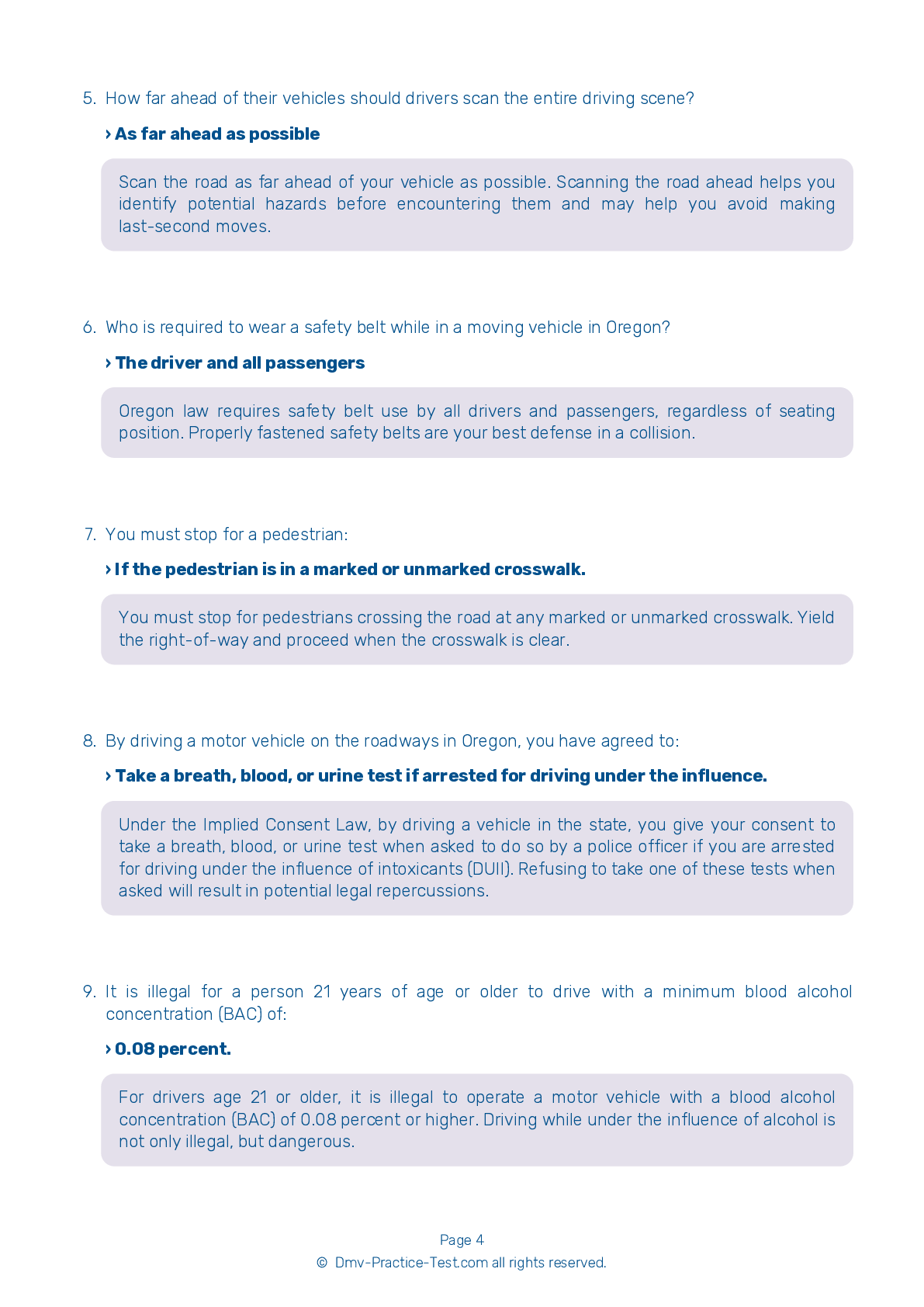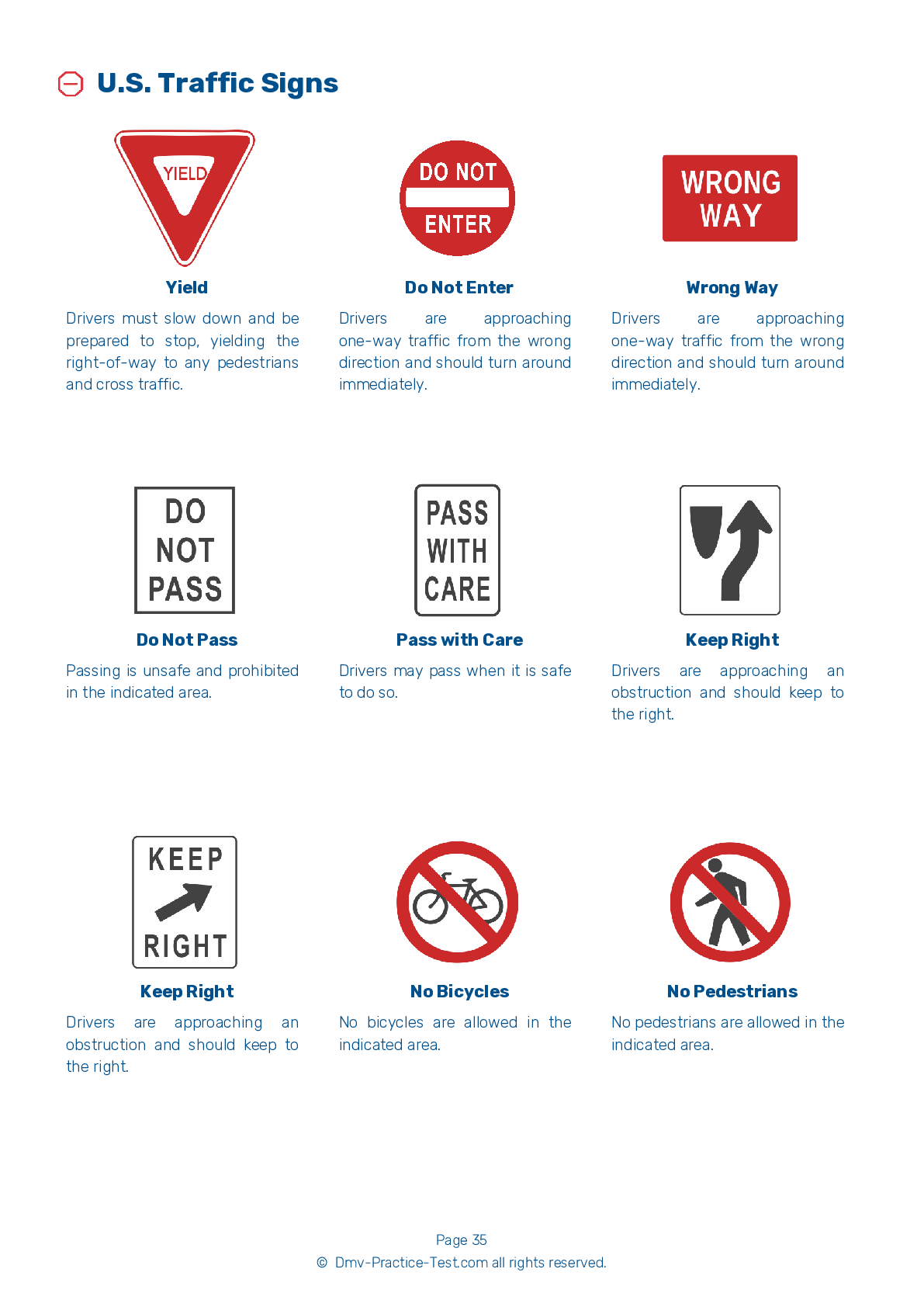FREE Oregon DMV Practice Test #20 Page 2 of 5
The practise exams for the Oregon DMV have been updated for January 2026. It includes questions based on the most important traffic signals and regulations for 2026 from the Oregon Driver Handbook. To study for the DMV driving permit test and driver's licence exam, use actual questions that are very similar (often identical!) to the DMV driving permit test and driver's licence exam.
Each question on the practise exam has a tip and explanation to help you recall the ideas. Questions about traffic rules, traffic signs, and driving statutes, as well as knowledge from the Driver Handbook, will be included in the written portion of the official Oregon DMV test.
You must properly answer 28 of the 35 questions to receive a passing mark. Use the Oregon Department of Motor Vehicles' practise exam to help you prepare for your instruction permit or driver's licence.
The DMV exam is offered in a variety of languages.
Using any form of testing help will result in an automatic fail, and the DMV may take further action against your driver's licence, so avoid it.
8 . If a crossing guard is directing traffic in a school zone, you must:
Be prepared to reduce your speed and use caution when directed to do so by a sign, crossing guard, or law enforcement officer. Always drive with extra caution in a school zone.
9 . A driver should be extra alert to motorcyclists, bicyclists, and pedestrians because:
In many collisions with motorcycles, bicycles, and pedestrians, drivers reported that they were looking but still did not see the smaller vehicle or pedestrian. These can be more difficult to spot in traffic than passenger vehicles because they are smaller, may move faster, and have less noticeable lighting. To prevent collisions with these smaller and less protected road users, drivers should always be alert to the presence of motorcycles, bikes, and pedestrians.
10 . What should you do if your accelerator sticks while you are driving?
If your accelerator sticks while you are driving, keep your eyes on the road. Quickly shift the vehicle into neutral and apply steady pressure on the brake pedal. Pull off the road when it is safe to do so and turn off the engine.
11 . Lanes of traffic moving in opposite directions are divided by ____ lines.
Yellow lines are used to divide traffic moving in opposite directions.
12 . This sign means:

A regulatory sign displaying a red circle with a red slash through the middle indicates that a specific action is prohibited. Right turns are not permitted where this sign is posted.
13 . A leaking exhaust system can:
The exhaust system helps remove toxic gases, reduce the noise, and cool the hot gases coming from a running engine. Fumes from a leaky exhaust system can cause death in a very short time. They can also make you drowsy while driving.
14 . The consumption of alcohol while taking drugs can:
The combination of alcohol and drugs, in some cases, can increase the effects of both the drugs and alcohol. It can be unsafe to drive after consuming either alcohol or drugs and is even more dangerous after combining them.
See the exact questions that will be on the 2026 Oregon DMV exam.
99.2% of people who use the cheat sheet pass the FIRST TIME
LT gives us an insight on how the cheat sheet provided her with all the study questions she needed before taking her test.
Joe initially studied with the handbook and failed his test, he eventually found us online, studied and pass his test the first time around.



